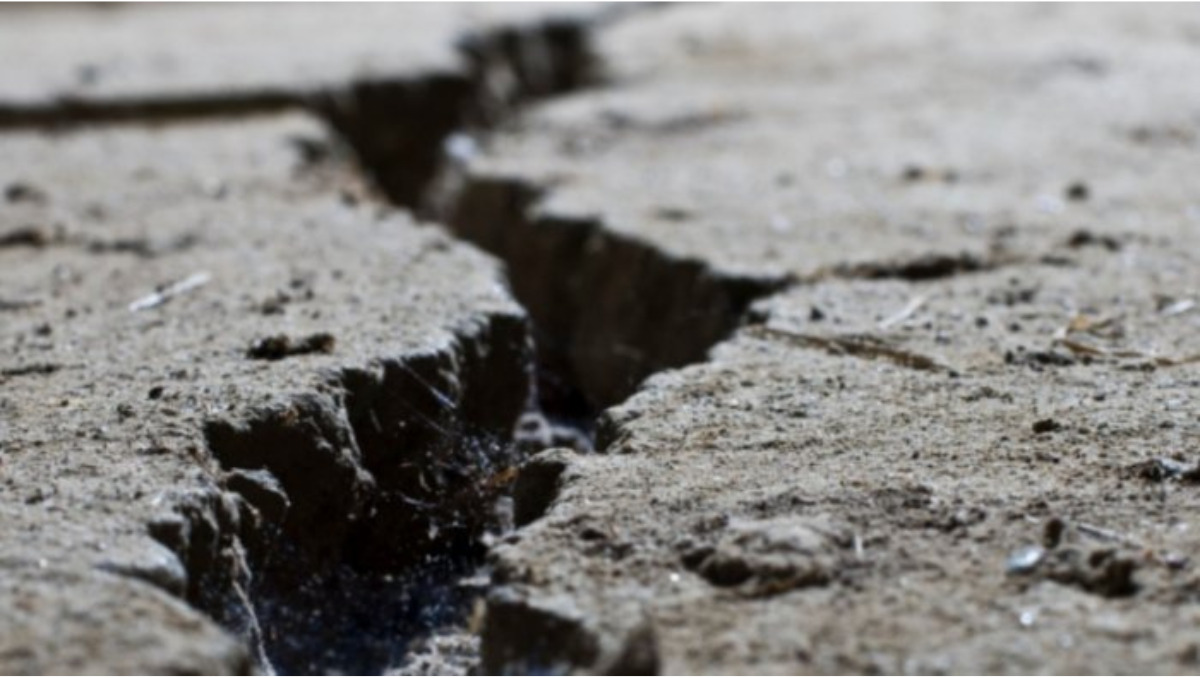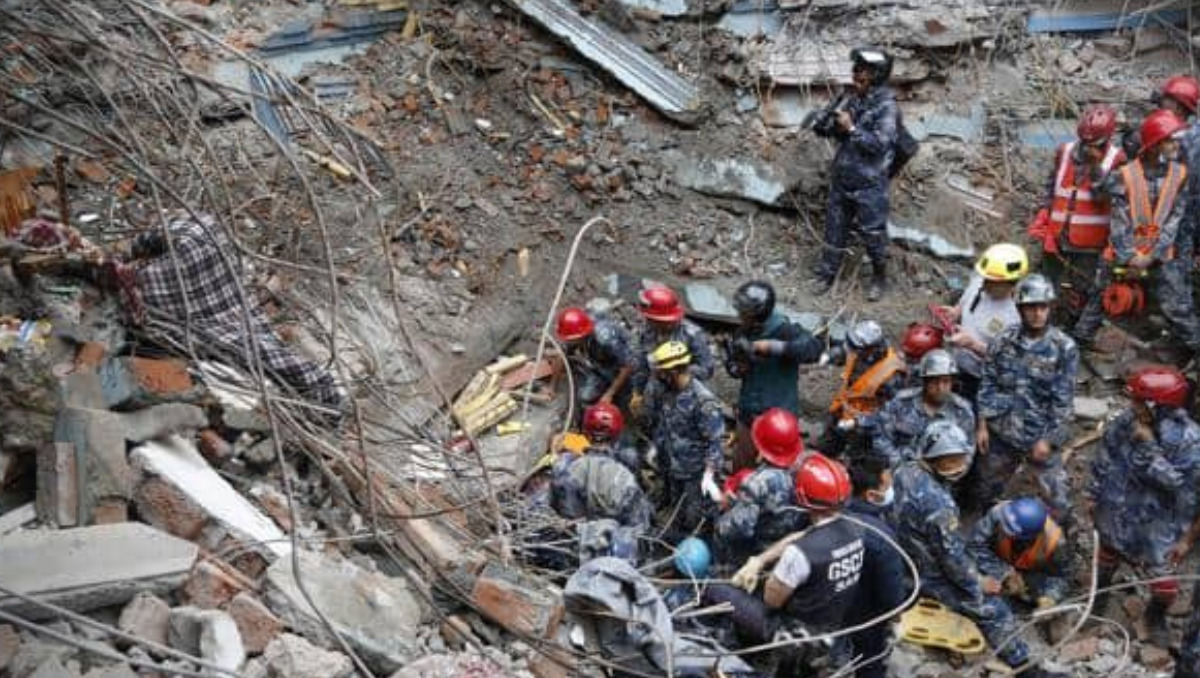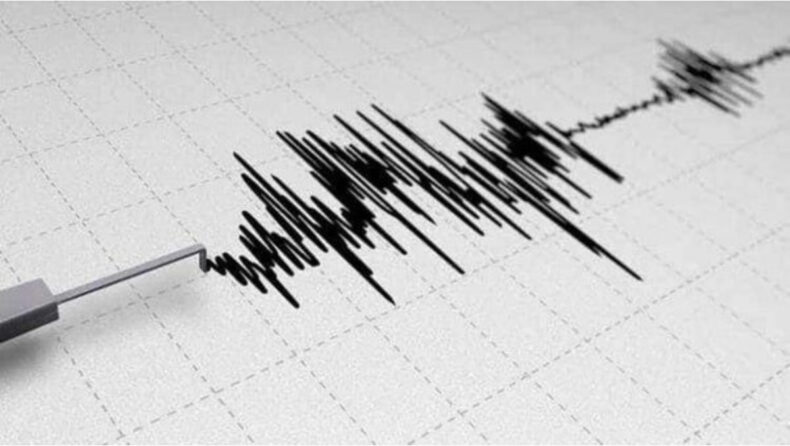After a high-intensity earthquake of 5.4 magnitude, four fresh tremors were recorded on the morning of June 14, 2024.

As a high-intensity 5.4-magnitude earthquake hits the union territory of Jammu and Kashmir on June 13, 2024. New tremors are recorded in the region and nearby areas. Four earthquakes with different intensities and on different days shake the union territory of Jammu and Kashmir. The following catastrophe has injured five people so far: Officials have recorded no reports so far about life or property damage. The following situation highlights the need to pay heed to the danger of increased seismicity in the region.
Situation so far
As the union territory has been shook by the earthquake of high intensity 5.4 on June 13, 2024, in the Doda region of Jammu, which has been further followed by four consecutive earthquakes in the region, These are recorded as follows: first in the Doda region itself around 2:20 a.m., followed by another earthquake in the same region at 7:56 a.m. With an intensity of 4.3, and the epic centre has been recorded at a depth of 10 km as per the National Centre for Seismology.

Following the NCS reports, other two earthquakes have been recorded in the Kishtwar region with an intensity of 3.3 magnitude and the epic centre at a depth of 5 km. The second one was recorded in the region of 75km east of Katra in Reasi district, with an intensity of 2.8 magnitude and an epic centre below 5 km, as per the NCS data.
As per the official reports, no reports so far have been recorded that provide information about the damage to life and property. Mentioning the damage so far Around five people were injured, including two school students. As per NCS, an analysis of the past five years shows that the earthquake in Doda and nearby regions has increased in intensity as well as magnitude.
Jammu and Kashmir in danger
The union territory of Jammu and Kashmir has been recorded as being in danger from high-magnitude earthquakes. As the tectonic activities in the Pir Panjal and Zanskar regions have increased due to tectonic activities as well as the burrowing of the Indian plate in the Tibetan plate, All this has made the region of Jammu and Kashmir tectonically active and subject to earthquake damage. The high tectonic activities, coupled with soil erosion, make the region of Jammu and Kashmir vulnerable to catastrophes.
The union territory lies in a region of geologically fragile stability, with a location in High Seismic Zones IV and V. The region has turned vulnerable to such catastrophes, and secondly, the unacquainted behaviour of the stakeholders has fostered the course of catastrophes. Indiscriminate mining activities in the region of Doda for gypsum and in the regions of Assar and Baggar for cement plants have hampered the stability of the region.
Steps to undertake
Jammu and Kashmir’s geographic situation and condition are fragile due to tectonic and active plate movements. In such a situation, taking vigilant steps can foster the disaster risk management system as well as improve mitigation steps.

There needs to be a consolidation of the acts that can cause soil erosion, which is further leading to such instability. Secondly, undertaking scientific execution of development projects can hamper the destruction caused by such catastrophes’. There is a need to spread vigilance among the stakeholders who are involved in the development of the following technically stable regions. So as to minimize the scope of danger in the region. Acquainting the locals about the instability and discouraging the construction activities on the unconsolidated material, moraines, and narrow valleys, which increase the risk of damage to life and property.













